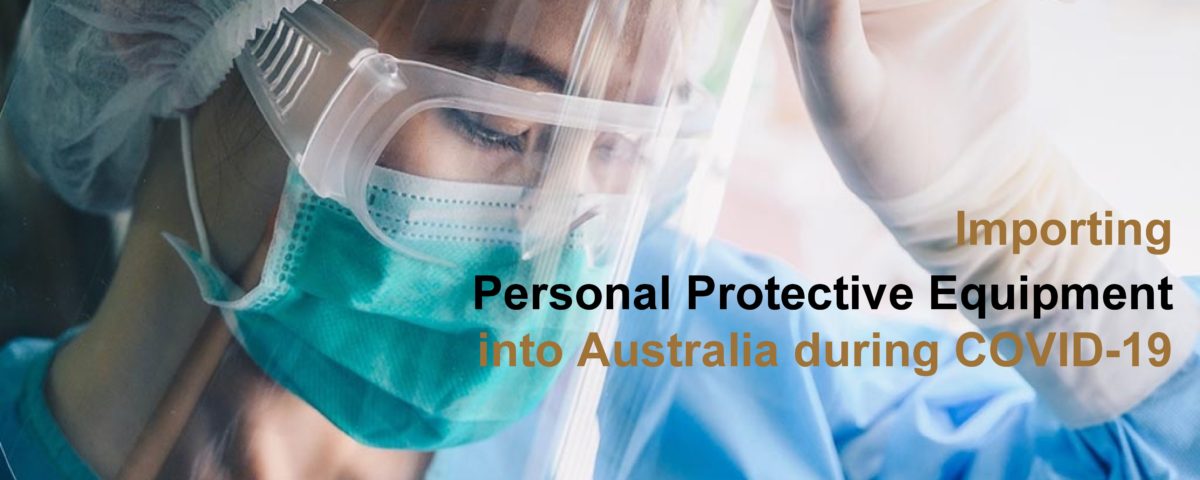Importing Personal Protective Equipment into Australia during the COVID-19 Pandemic

Posted January 12, 2021 | By Pallab Roy
An increased number of individuals and organisations have been seeking to import face masks and other types of personal protective equipment (PPE) into Australia during the COVID-19 pandemic.
The Australian Border Force (ABF) and the Therapeutic Goods Administration (TGA) work collaboratively to ensure Australians have access to critical goods, such as the importation of legitimate PPE. If an ABF officer suspects goods may contravene the Therapeutic Goods Act 1989, the goods are detained at the border and referred to the TGA for assessment. The TGA has the power to request that the ABF treat the goods as a forfeited good under section 229 of the Customs Act 1901 or to release the goods.
In Australia, the TGA regulates PPE as a medical device if a manufacturer makes any of the following claims:
- the PPE is to be used for preventing the transmission of disease between people
- the PPE is suitable for therapeutic use, such as surgical, clinical, or medical use, or use in other health services.
Not all PPE is a medical device. For example, reusable cloth masks and single-use face masks – including those worn by painters, gardeners and other occupations working in a dusty environment – do not need to be included in the Australian Register of Therapeutic Goods (ARTG).
However, any product that is claimed to prevent the transmission of disease (including by controlling the spread of bodily fluid, droplets, bacteria or viruses) on its label, accompanying documentation or its advertising is likely to be regarded by the TGA as a medical device, regardless of the intended use by the importer.
If you are seeking to import PPE into Australia for commercial purposes, it is important to understand your regulatory obligations. If you breach import requirements, border officials may seize and destroy your goods. You could also face fines and other penalties. More serious offences can result in criminal prosecution or civil penalties.
So, before you import, you will need to determine if the PPE you are seeking to import is a medical device. In most cases, if the PPE is a medical device, you must include it in the ARTG before you import it. If the PPE is not a medical device, you can facilitate processing of your import at the Australian border by providing clear documentation in the package. Your documentation should clearly state the intended use of the PPE. For example, dust masks for use in an industrial setting should be clearly described as such.
Medical devices must not be imported into or supplied within Australia unless they are included in the ARTG or are the subject of a relevant exemption, approval or authority under the Therapeutic Goods Act 1989. To include PPE that is regulated as a medical device in the ARTG, you will need to assume the role of a sponsor, and you will also need to establish an ongoing relationship with the manufacturer to be able to request and provide information about the PPE to the TGA.
All relevant details of the medical devices (particularly, the manufacturer and the intended purpose of the device) you are importing should match your ARTG entry. Once a medical device is included in the ARTG, you can facilitate processing of your import at the Australian border by including the ARTG certificate in the package.

